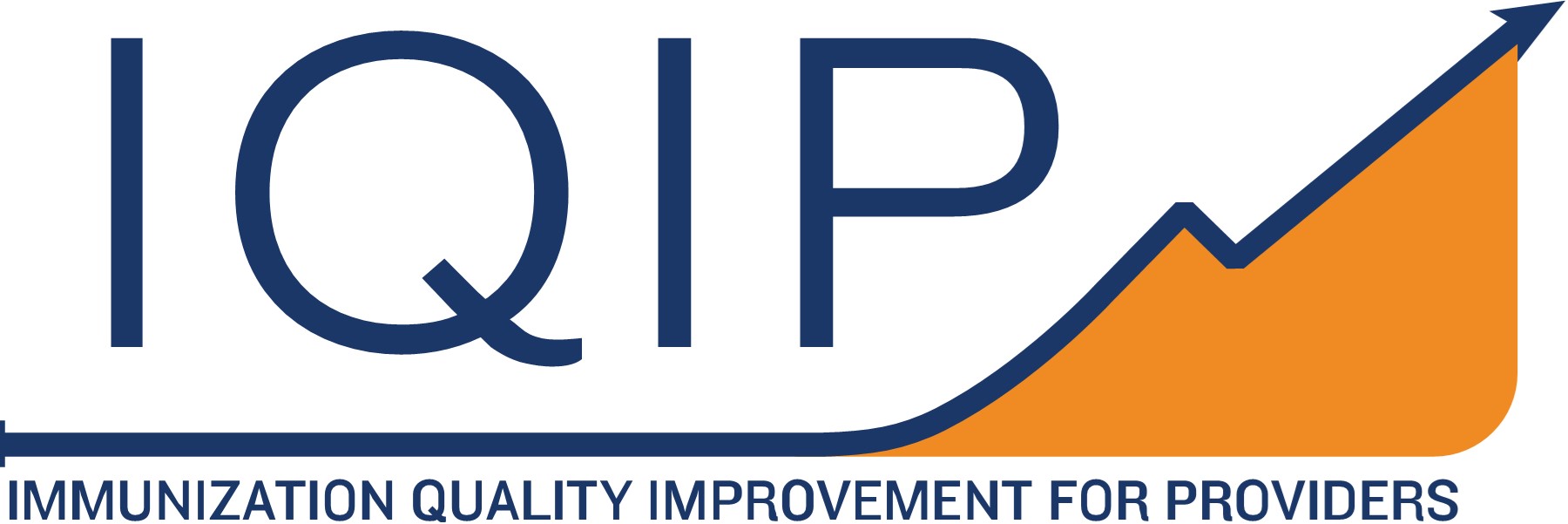What to know
Facilitating patient return for vaccination focuses on implementing clinical and clerical processes that support keeping follow-up appointments and addresses barriers to patients returning for vaccination.

Facilitate Return for Vaccination
Facilitating the patients return for vaccination promotes adherence to the schedule by:
- Explicitly specifying when future doses are due and why.
- Establishing continuity of care by supporting the patient's return to the office.
- Creating a commitment to return and reducing barriers to act on favorable intentions to vaccinate.
Evidence base and justification
Making vaccination more accessible by expanding practice hours, allowing walk-in vaccination appointments, and ensuring the next vaccination appointment is scheduled before the patient leaves the office, to name a few examples—supports parents in keeping their child on time for vaccination. Reminder and recall systems also help reduce the likelihood of missed appointments.
- A 2017 AAP clinical report asserts that making families aware of when vaccines are needed and scheduling follow-up appointments before they leave are crucial steps to increase adolescent vaccination rates.
- Studies from 2010 and 2016 of seasonal influenza vaccine uptake demonstrated the success of a variation of this 'default vaccination appointment' approach.
- A 2018 Cochrane review of 75 studies concluded that using reminder and recall systems in primary care settings likely improve vaccination coverage across all age groups.
Examples of strategy implementation activities
• Conduct routine training on current ACIP-recommended immunization schedules to inform when to schedule patients for subsequent visits.
• Maintain accurate patient contact information by verifying and updating patient contact information at each appointment to support scheduling and reminder and recall efforts.
• Take action to prevent missed opportunities by routinely generating lists of patients that have upcoming appointments using various technologies via EHR, IIS-based, or scheduling software platforms; screening patients for vaccination eligibility at each visit regardless of the type of visit (e.g., sick visit, well-child, sports physicals, etc.); and maintaining accurate vaccination records.
• Use effective scheduling protocol by scheduling the next appointment (e.g., well-child visit, nurse-only, etc.) before the patient leaves the office, either in the exam room or at check-out; scheduling the next vaccination visit and the next well-child visit to occur the same day whenever possible; offering various types of appointments (e.g., nurse-only appointments, vaccination-only clinic days, etc.) where vaccinations can occur.
• Inform parents of future vaccine dates by giving parents a copy of their current immunization record and a list of future recommended vaccines with precise due dates.
• Implement reminder and recall systems using multiple methods (e.g., text messages, portal mes- sages, e-mails, postcards, phone calls, etc.) to remind patients of upcoming appointments.
• Track no-shows and canceled appointments and contact those patients within the same week to reschedule.
